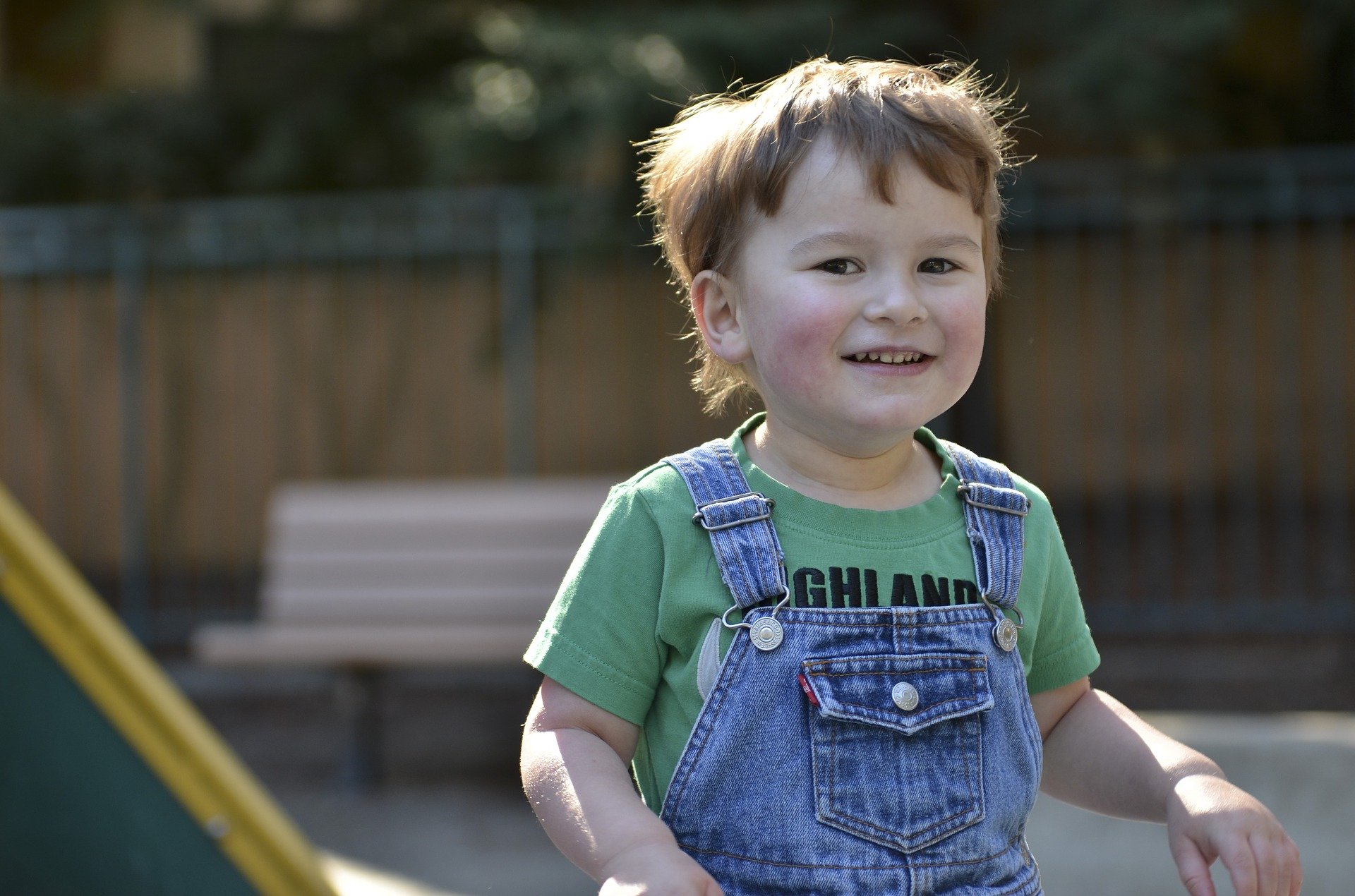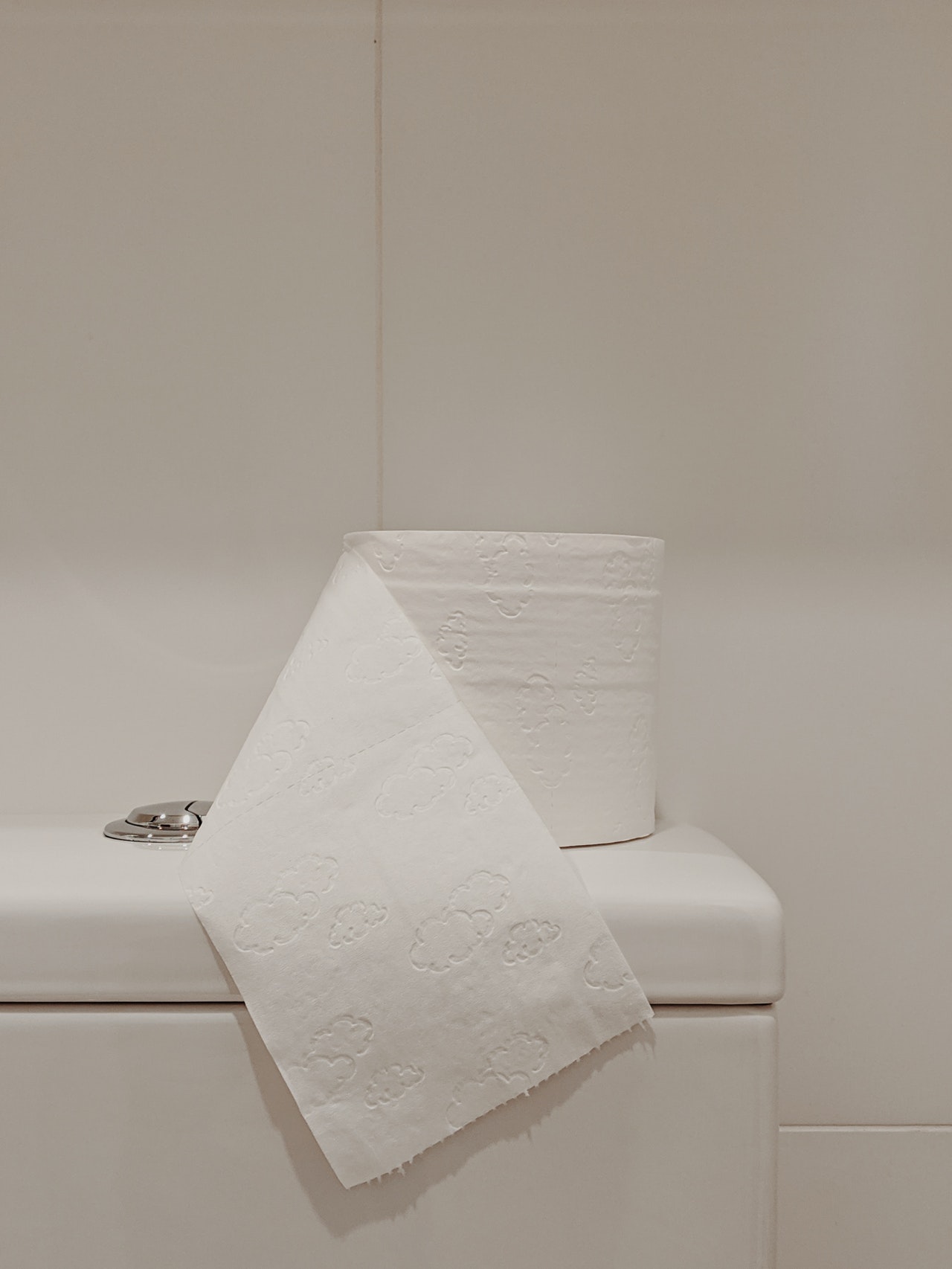Disclosure: Articles may contain affiliate links. As an Amazon Associate, we earn from qualifying purchases (at no additional cost to you). See our full disclosure here.
Last updated on January 15th, 2024 at 03:25 pm
Potty training can be a challenging time for children and parents, and this is made more difficult when your child has autism, as each part of the process can take longer, and you may encounter more training issues.
If your child has autism, you are not alone in potty training, and there is plenty of support and advice out there. Here is a quick guide to potty training with autism, including common issues, signs they are ready, and steps to success.

Potty Training With Autism
Signs Your Child is Ready
Many of the signs your child with autism is ready for potty training are the same signs that every child displays. Below are the most common:
- Showing awareness of a wet or dirty diaper
- Pulling at their diaper
- Vocalizing they are uncomfortable in their diaper or asking for it to be changed
- Taking you to the bathroom or potty chair (if you already have a potty chair in your home for another child)
- Imitating toileting actions
- Bringing you a clean diaper
- Staying dry at night or through naps
- When positive reinforcements or rewards begin to help your child
You may find your child showing one of these signs or several of them, but any of these indicate your child is ready to get out of their diapers and start using the potty or toilet.

Potty Training With Autism: Common Issues
Children with autism tend to have more issues when potty training than most. This may be due to their interest in things around them rather than what is going on, fear, or a dislike of disruption in routine. Here are some of the most common issues that your child may face when learning to use the toilet:
- Boys may find it hard to pee standing up due to an inability to aim properly or a fear of touching his genitals.
- Many children with autism suffer from constipation. This can be due to their diet, other health needs, or their fear of having to poop.
- Some children may be scared to be cleaned, especially if they have been sore in the past, as they will associate this with being wiped every time.
- Fear of becoming dirty so holding their pee or poop.
- While some children develop an interest in the toilet flushing and may excessively flush the toilet, other children may be frightened of the loud noise.
- Some children with autism find a special interest in water and when it comes to toileting, they only want to play with the toilet water rather than using it for its primary purpose.
- Playing with toilet paper.
- Cannot relax or sit on the potty/toilet.
Potty training with autism in the mix can prove more difficult because of the child’s sensory needs and fears that may be associated with toileting. Autism Parenting Magazine has come up with an insightful guide for autism and toilet training, to help you overcome any of the above problems you may be facing while potty training autistic child. This guide has helpful advice on how to handle fears, excessive interest in flushing or water, and helping your son to pee standing up.
Steps to Success
As children with autism enjoy routine, making potty training part of their routine will help them understand and follow instructions. Many parents use social stories to help with toileting. This is a series of pictures and words that can be followed like a story and is a great way for them to understand what is happening and what they need to do next. Social stories can be used in all aspects of life to help children learn social rules or understand new events. Social stories have many positive benefits for those with autism.
Positive reinforcement is another great way to help your child use the toilet. Giving positive feedback each time your child follows part or all of their potty training routine will encourage them to carry on. Even if they didn’t finish or made a mess, they are still trying, and that is what matters. Children with autism may need more positive feedback than most children to understand they are doing well. Use a chart with stickers or give rewards for a day where your child has done well with toileting.
When teaching toileting, refrain from using any childlike words. Use proper terms so your child won’t become confused when they get older and suddenly toileting terms become different, as they may not understand and therefore regress in toileting. Encourage independence as soon as your child feels ready, but don’t push them if they say no, as this will cause potty training to become stressful and an activity they don’t want to do.
Potty training with autism can be a longer process, but following the above guide can help in making positive progress with toileting. Just remember, don’t begin potty training before your child shows signs of being ready, since this practically ensures that potty training won’t be successful. This may also damage their ability to potty train when they are older.
Do you have any tips for potty training with autism? What’s your experience? Leave us a comment below.
Also read:
6 Tips to Teach Your Kids Healthy Sleeping Habits
6 Smart Tips for Setting Screen-Time Boundaries
You can also find MomsWhoSave on Facebook, Instagram, Pinterest, and Twitter. Join us for updates.
Don’t miss a thing! Subscribe to MomsWhoSave’s newsletter.
Leave a Reply